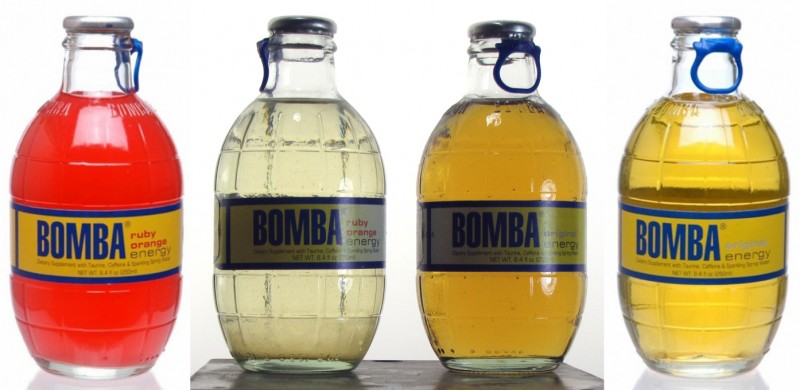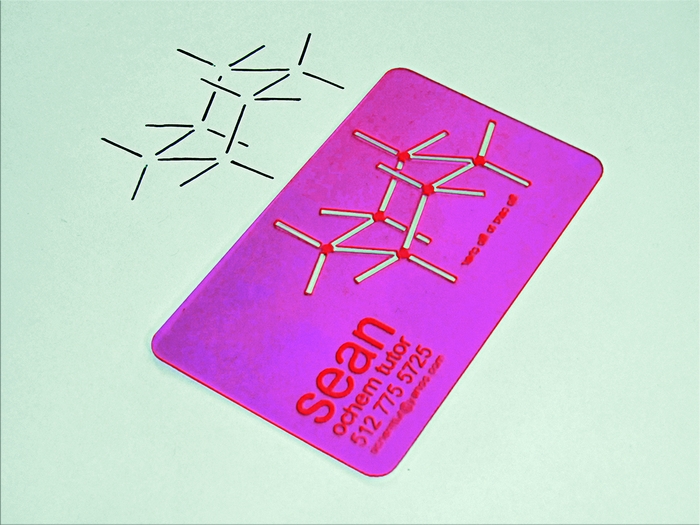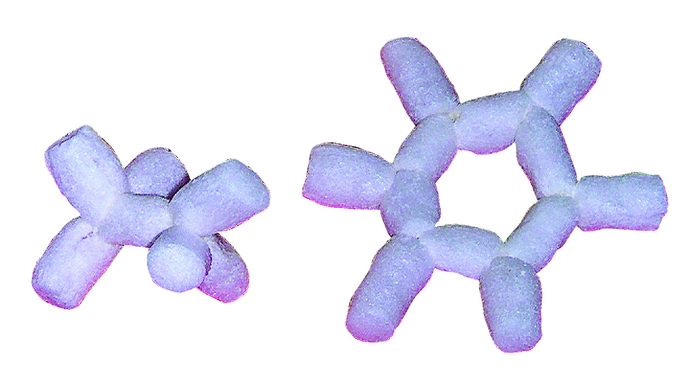http://youtu.be/b8ggvETiBiU
My friend Jon, whose new house has a bit of an ant problem, has observed that gas from a “Dust Off” type spray duster kills them very quickly. His intuition, and mine, was that this is an unexpected phenomenon. I was intrigued at the possibility that the fluorocarbon that’s pressurized to make this so-called “canned air” (it is generally 1,1,1,2-tetrafluoroethane) might have some unexpected toxicity—unexpected, of course, because fluorocarbons are generally assumed to be relatively inert, biologically.
In any case, we Googled first, and discovered that others have noticed the phenomenon before. The hypothesis on this thread seems to be that it is the cold of the rapidly expanding gas that kills the ants, an explanation neither Jon or I found satisfying. This video shows the simple test I ran in response, which involved loading a rubber balloon with “canned air,” allowing it to warm to room temperature, and only then exposing the ants. Admittedly, the gas is still expanding here as it flows out of the balloon, but not nearly so much.
This test was conducted on October 15, 2011, at about 8:40 PM, in my garage, which was at a comfortable “room” temperature. The ants had been collected about five hours previously from the site of a sawn-off limb of an oak tree in a friend’s backyard. He identified them as “acrobat ants,” and observed that they give off an unusual “coconut” odor (even when undamaged), which I also observed. The test chamber is made of clear PETE, and is covered with a scrap of paper towel secured with a rubber band. The balloon, fixed to a cut polypropylene syringe body with Parafilm, was charged with gas from a Falcon “DustOff” brand compressed air duster (labeled “contains difluoroethane”) more than an hour before the test, sealed gas-tight by wrapping the needle-cap with Parafilm, and allowed to warm to ambient temperature. To perform the test, the needle-cap was removed, and the paper towel pierced with the needle, allowing gas to flow from the balloon into the test chamber. No temperature change was felt on the test chamber wall. The balloon was left in place for five minutes. No ants survived.
However, when I performed an identical procedure with propane instead of canned air, the ants died just as quickly, which leads me to believe that they are, in fact, simply suffocating.
And, no, to anticipate the comment, I honestly don’t feel great about killing trapped critters like this. But my curiosity won out over my moral compunctions, and is now satisfied. So I don’t anticipate any more of these experiments. Even if the balloon method does not adequately control against the possibility of “cold kill,” the identical effect with propane eliminates the possibility that the fluorocarbon has some unique toxicity, which was what struck my interest in the first place.



 Chemical & Engineering News is the American Chemical Society’s print organ, which is mailed to each of its 160,000-plus members weekly. Their back-page human interest column is called Newscripts. The most recent issue, dated November 21, 2011,
Chemical & Engineering News is the American Chemical Society’s print organ, which is mailed to each of its 160,000-plus members weekly. Their back-page human interest column is called Newscripts. The most recent issue, dated November 21, 2011,